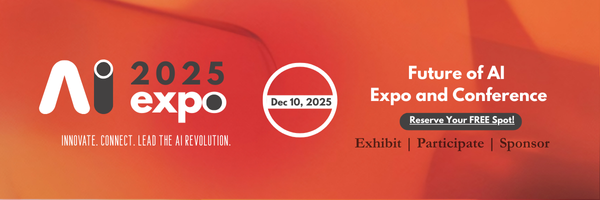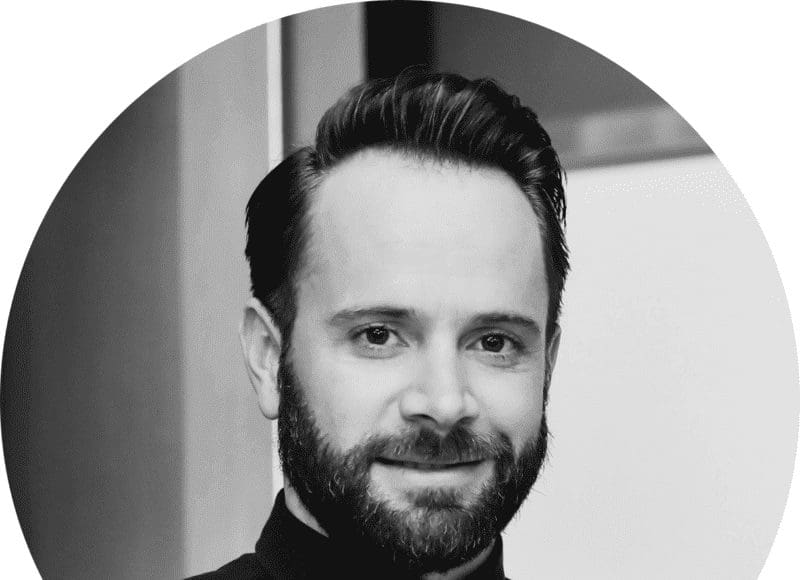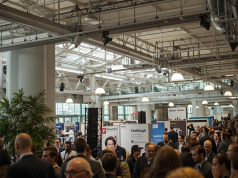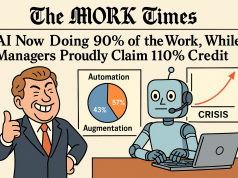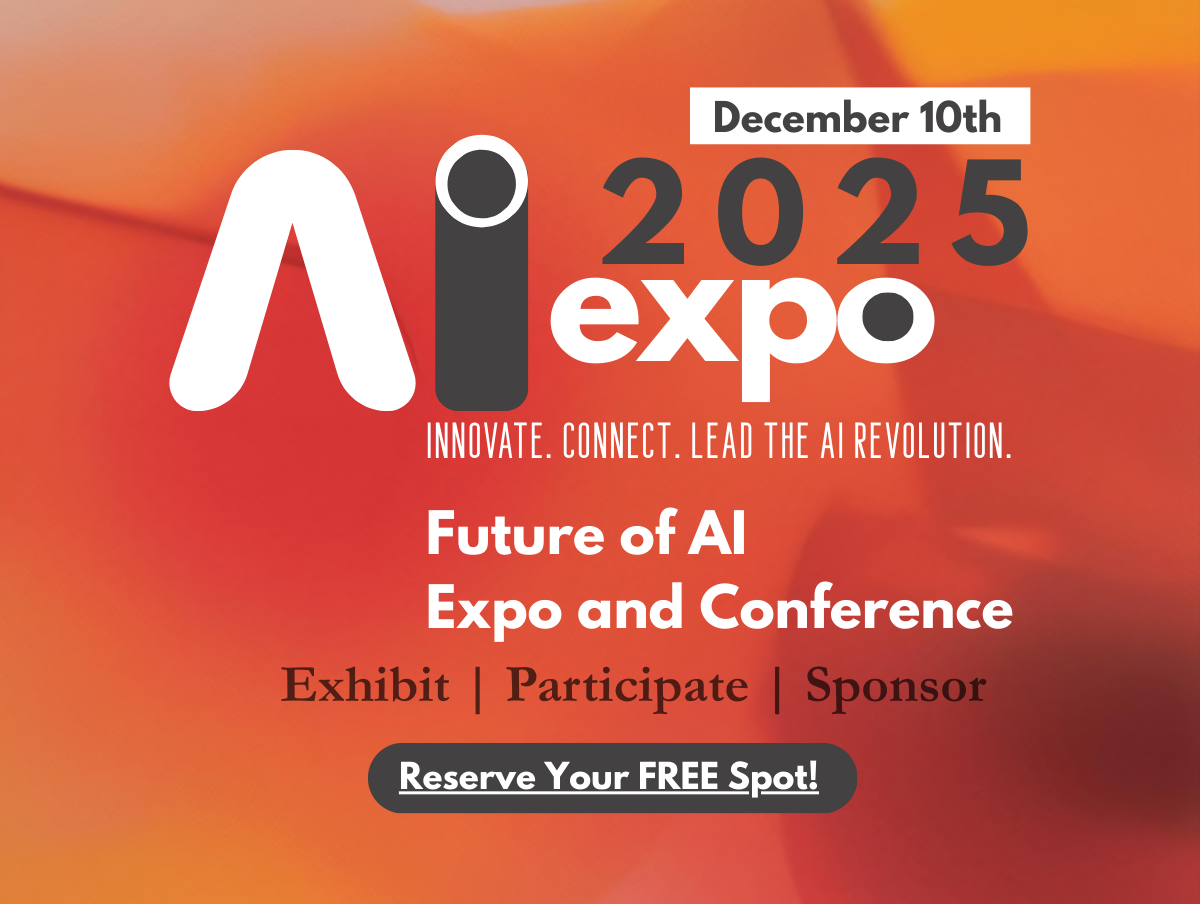[ad_1]
Join our session at the Workplace Trends Research Summit where we deep dive into the key insights from the Future Forum quarterly survey of 10,000+ global knowledge workers. We’ll be discussing the latest data around hybrid working, workplace management and office design to help you prepare for the future of work.
Laptops and Wi-Fi untethered workers from the office years ago, but it took a global pandemic to spark a widespread acceptance of distributed work. Lessons learned over the last two years point to a historic opportunity to reimagine the role of the modern workplace.
To help you prepare for what’s next, we have delivered actionable insights along with practical solutions that offer immediate and long-term support for the future.
We’ve gathered some eye-opening data and created some probing thought-starters to help you evaluate where you are on the path to the future of work—and what needs to be done get you where you need to be.
Here’s some of this quarter’s data that we’ll discuss in detail:
- The percentage of employees surveyed who want flexibility in where they work
- The percentage of employees surveyed who want flexibility in when they work
- The productivity rates that are being reported by workers who have full schedule flexibility
- What percentage of employees surveyed want to be full-time in the office (an all-time low)
- The percentage of employees surveyed who want to be fully remote
- Among executives, how many believe they are being “very transparent regarding post-pandemic remote working policies,” but how many of their employees agree
- How organisational transparency affects employee churn.
Uncertainty is likely to increase in the future. Adopting a hybrid workplace strategy allows organisations to adapt to unforeseen circumstances because people are already working more flexibly. It’s a way for organisations to be more resilient.
But it’s not enough for organisations simply to support the choice of where people might work on a given day.
They also must ensure the quality of those choices—whether working at home, in a co-located office, or elsewhere—with resources and support to ensure equitable experiences for all of their people.
We’ll go on to provide the 3 major reasons for “What motivates people to come into the office today?”
We looked at the types of interactions that largely went under-supported while people work from home. We reimagined the modern workplace as an on-demand destination for employees who are seeking out specific experiences that are difficult to replicate at home or elsewhere.
Previously, many of the best workplaces were designed for activity-based work. That’s still a useful approach, but we’re seeing a subtle shift with increased focus on the value of relationships and experiences at work.
With that evolution in mind, we’ve developed a new typology of spaces to streamline the process of identifying desired experiences and to help visualise options for real support. The space types are grouped by the primary level of personal interaction to be supported—individual, group, or community—and by the predominant nature of interactions to be supported, whether people are seeking to produce a tangible outcome or exchanging information and reflecting upon the results of that work.
Find out all the details, the outcomes and recommendations from this research at the Workplace Trends Research Summit on 19 April 2023 in London and online.
Bertie van Wyk, Insight Programme Manager, MillerKnoll Insight Group
I am a critical thinking Workplace Specialist with a quick grasp of emerging trends and changing business processes. Through my understanding of human-centric design and workplace strategy, I can effectively equip organisations and individuals with the knowledge and skills to become more productive, healthy and connected in work.
[ad_2]
Source link
















